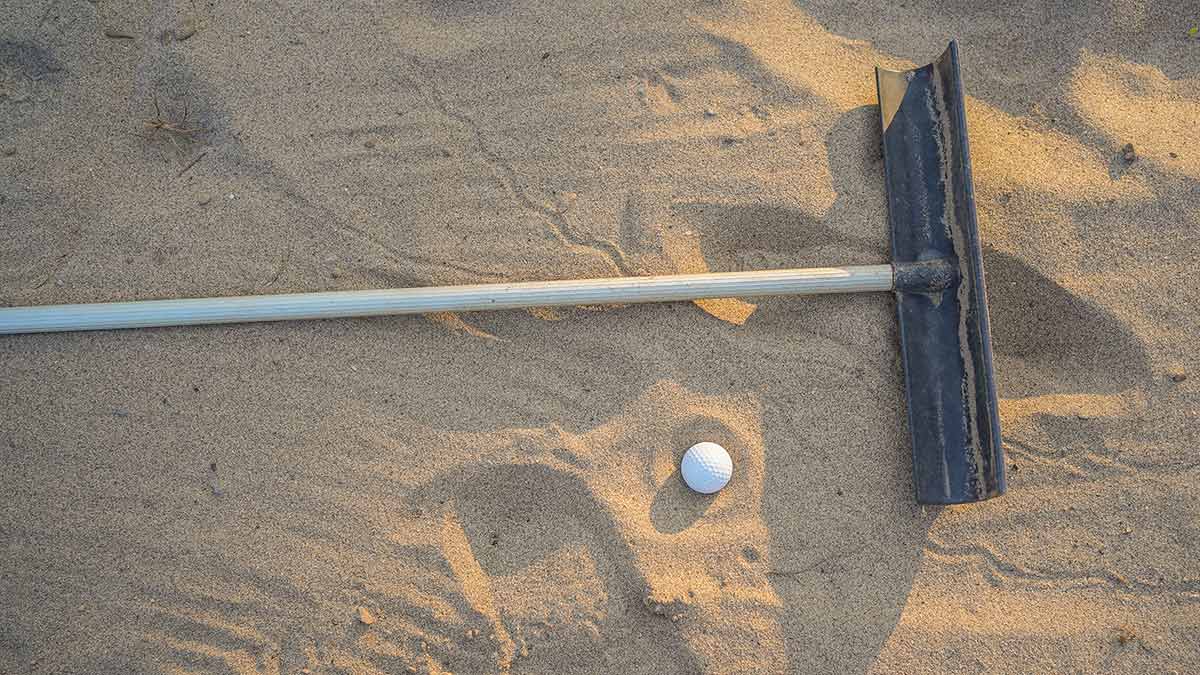Golf used to be played with stymies, a rule that allowed players to block opponents’ balls with their own on the green.
These days, of course, we not only move our ball when it’s in someone else’s line, but we also move our mark when it is interfering, and then return it to its original spot when it’s our turn to putt.
On the face of it, marking and remarking is a straightforward procedure. But there are right and wrong ways to go about it.
Here’s a 5-point guide.
1. Do you need to move it?
The is the first — and most obvious — question. In many cases, you won’t need to say a thing. Your partner will preempt you by requesting that you move your mark. But if your partner says nothing and there’s any doubt in your mind, don’t remain silent, or you’ll run the risk of being perceived as playing passive-aggressive games. This one is simple. Just ask, “Is this mark OK?”
If you follow only 5 rules of golf etiquette, make them these 5 rulesBy: Alan Bastable
2. Which way to move it?
There are only two options: left or right. Usually, it makes sense to move your mark toward the low side of the line. But leave this decision to your partner. They’ll tell you which way they want you to go.
3. How to move it?
The length of a putter head is the standard measurement because it’s easy and reliable. But you can also measure with the grip of the club or the entire length of a club. Really, almost any consistent measuring device will do. But why you wouldn’t use your putter head is beyond us. After you’ve made your measurement, be sure to move your mark before you move your ball. Lifting and moving your ball without marking its new location first carries a one-shot penalty in stroke play and loss of hole in match play.
4. Playing fair and square
Golf is a game of honor. But it is played by people, and some people cheat. There is also such a thing as human error. Bottom line: Try not to mess up and don’t bend the rules. When you mark and remark, be as precise as possible, making sure that you aren’t moving your ball closer to the hole in the process. A good way to ensure this is to find a stationary reference point in the background — a tree, say, or a shack or a utility box — and use it for alignment. Let it be your guide when you move your mark, and then again when you replace it. You can see the Tour pros doing this on TV, looking up and down for a reference point when they are asked to move their balls.
5. Don’t forget to move your ball back
In the heat of battle — or just in the spaciness of everyday play — it’s easy to let things slip your mind, including the fact that you had moved your ball. Try not to forget, as failure to return your ball to its original spot carries a penalty of one-shot in stroke play and loss of hole in match play. If the shoe is on the other foot, and your partner has moved their mark for you, it’s good etiquette to remind them to move it back. A shining example of this took place at the 1996 U.S. Amateur final between Tiger Woods and Steve Scott, where a pivotal moment in the match gave way to this now-famous display of good sportsmanship.











